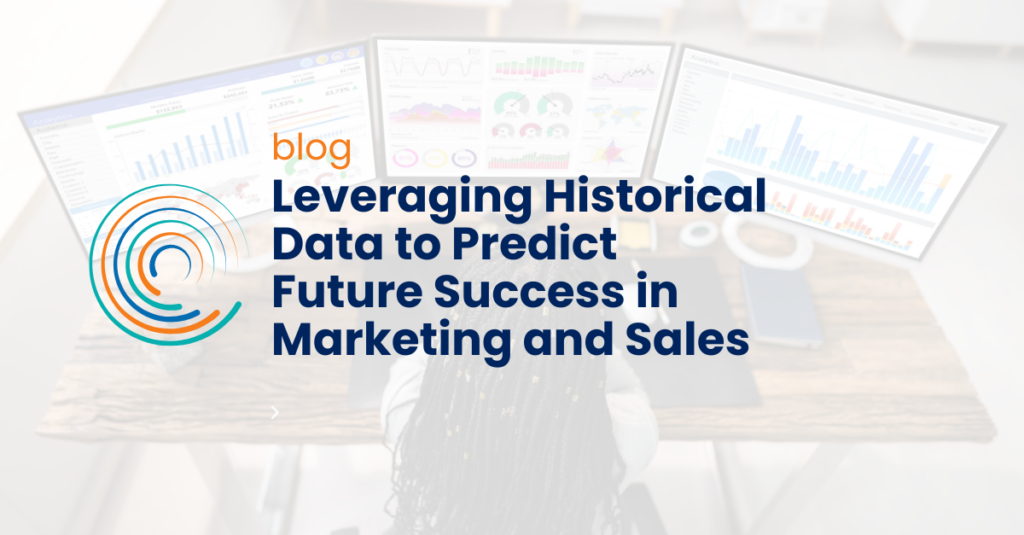CMOs choose marketing analytics solutions to optimize their ABM strategy, improve process efficiency and illustrate marketing’s contributions to revenue. However, the martech sector has expanded rapidly over the past decade, and B2B marketing has evolved, making it difficult to know where to begin when considering a partnership with a marketing analytics provider.
It’s a big decision, and B2B marketers who are exploring analytics solutions need to not only research the wide array of solutions in the marketplace but also consider what impact the decision will have internally and which resources need to be in place before implementing new technology. Here are five key points to think through before choosing a marketing analytics partner:
- Define metrics: First things first — consider the essential metrics you need to execute a successful ABM strategy. For example, funnel metrics can provide insight into operations and point to areas where you can gain more efficiencies. Attribution metrics can help you understand the impact marketing campaigns have on pipeline and revenue. Many marketing analytics solutions focus on digital marketing data, but is it possible to measure non-digital campaigns in the solution too? Does the solution allow you to access historical data so you can track trends over time? You’ll need answers to all these metrics questions to make the right choice for your team.
- Assess staffing needs: You’ll need to designate a project manager who will lead the solution implementation and work with the marketing analytics partner’s team to roll it out. Once the system is deployed, you’ll need a point person to review and supervise data, respond to reporting requests, and make sure weekly, monthly, quarterly, etc., reports are delivered to the right recipients. To achieve alignment across internal teams, you’ll need someone to lead regularly scheduled meetings to discuss data and outcomes so you can refine processes. The meetings should include representatives from marketing and sales and potentially finance or revenue. If you outsource functions like marketing operations, loop those teams in too.
- Clarify terms and choose a framework: It’s critical to establish the terms and analytical framework you’ll use to interpret data after you deploy your new marketing analytics solution. Defining terms and a framework also helps cross-functional teams align around the data. For example, if you’ve adopted an account-based marketing (ABM) strategy and are deploying a marketing analytics solution to measure performance, you’ll need a standard way to describe funnel stages. The Forrester B2B Revenue Waterfall is a popular choice for B2B marketers who use an ABM strategy, and the funnel stages it outlines can provide a common framework that facilitates alignment across marketing, sales and other departments. Defining terms and a common framework also enables more seamless integration of new team members.
- Evaluate the current martech and sales tech stack: Considering your current martech and sales technology tools is also critical when deciding on a marketing analytics solution. Some companies that sell goods and services to other businesses have fewer than a dozen solutions in their technology stack, whereas others have more than a hundred. In all cases, you’ll need to evaluate existing technology tools to determine how they fit with your marketing analytics options. A marketing analytics solution that is built natively in the CRM is ideal so that everyone in the company can use the CRM as a single source of data truth.
- Maximize accessibility: Making sure colleagues across departments have access to marketing analytics data and reporting is also crucial – and it’s another reason to house data on your CRM instance. Typically, people in sales, revenue, finance, etc., already have access to the CRM and regard data generated on that platform as credible. Maximizing accessibility to marketing analytics data creates opportunities to shift or increase investments. It’s also helpful to have multiple people reviewing data to ensure accuracy and apply insights as widely as possible.
Finding the right marketing analytics partner is a consequential decision that directly impacts the success of your ABM strategy. You can get insight on the pros and cons of various analytics solutions at review sites like G2 and others, by talking to colleagues who have firsthand experience with the options you are evaluating and asking potential marketing analytics partners about features, benefits and support levels.
But ultimately, you’ll need to decide which solution best supports your marketing strategy, aligns your teams, and gives you the insights needed to optimize campaigns and drive revenue. As you consider your options, keep these five points in mind so you’ll be prepared to make the right choice.
Save this eBook for later.
Learn how to measure and engage key accounts, and identify top intent providers to enhance your ABM strategy.



